Outlook signatures often fail to appear when replying to emails due to message format mismatches, incorrect default signature settings, or software conflicts. This issue disrupts professional communication and can lead to missing branding or contact details in replies. Directly addressing message format and signature configuration settings restores signature visibility and ensures consistent email appearance.
Set the Correct Default Signature for Replies
Step 1: Open the Outlook desktop application and navigate to the File tab at the top left corner. Click Options to open Outlook’s settings window.
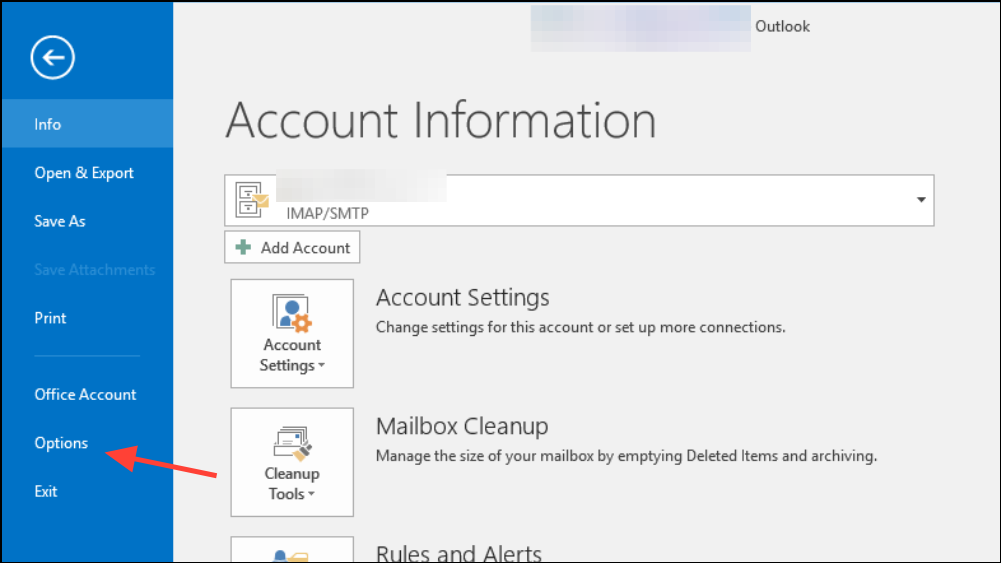
Step 2: In the settings window, select the Mail category from the left sidebar. Click the Signatures… button under the “Compose messages” section.
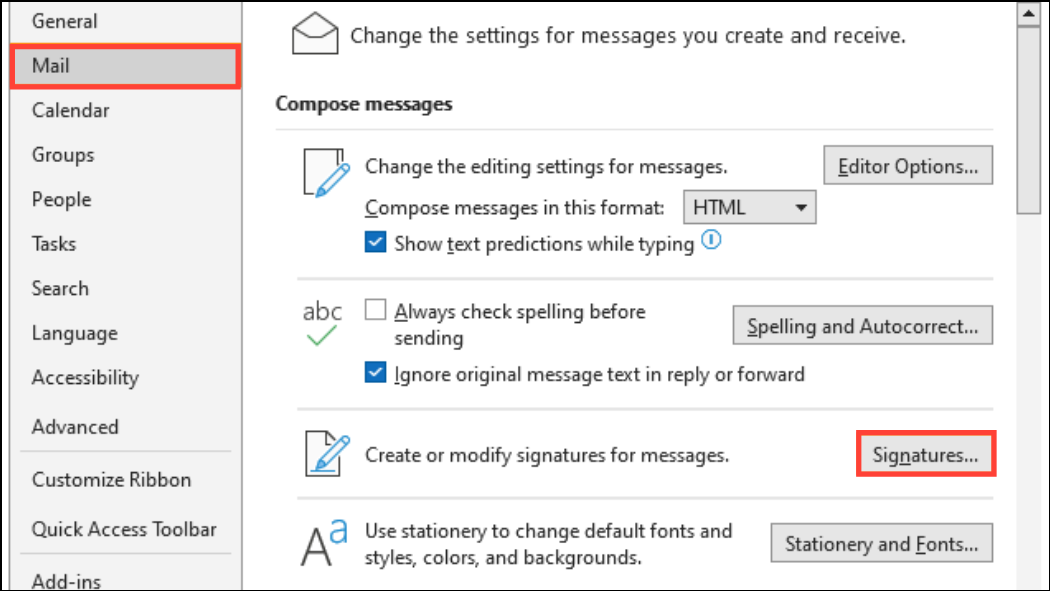
Step 3: In the “Signatures and Stationery” dialog, review the Choose default signature section. Set your preferred signature for Replies/forwards using the dropdown menu. Make sure the correct signature is also selected for New messages if needed.
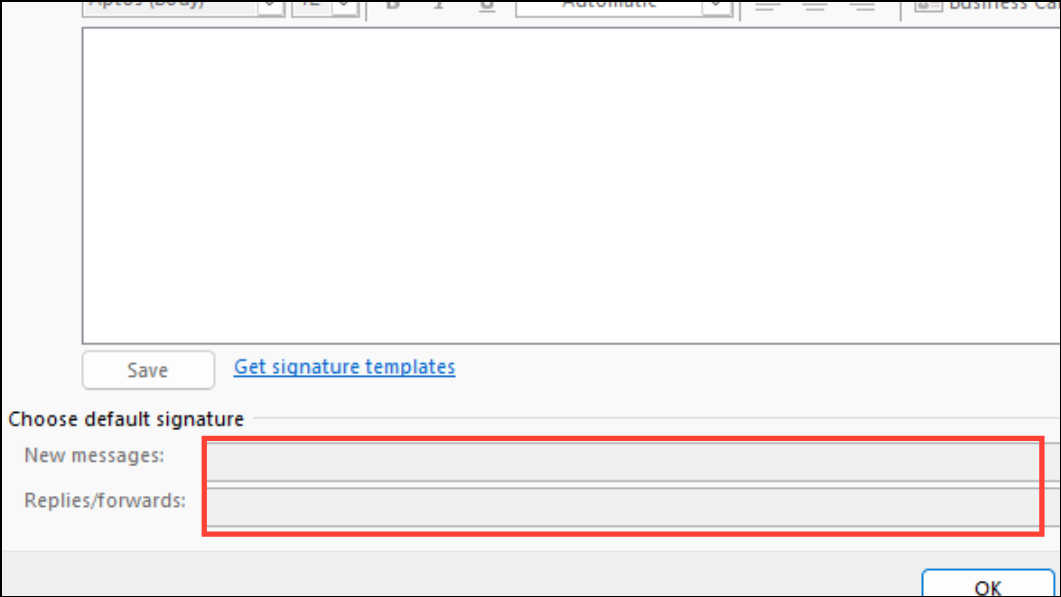
Step 4: Click OK to save your settings. Send a test reply to ensure your signature now appears as intended.
Switch Message Format to HTML
Signatures with images or formatting will not display correctly if the email format is set to Plain Text or Rich Text. HTML format is required for full signature functionality.
Step 1: In Outlook, go to File > Options > Mail.
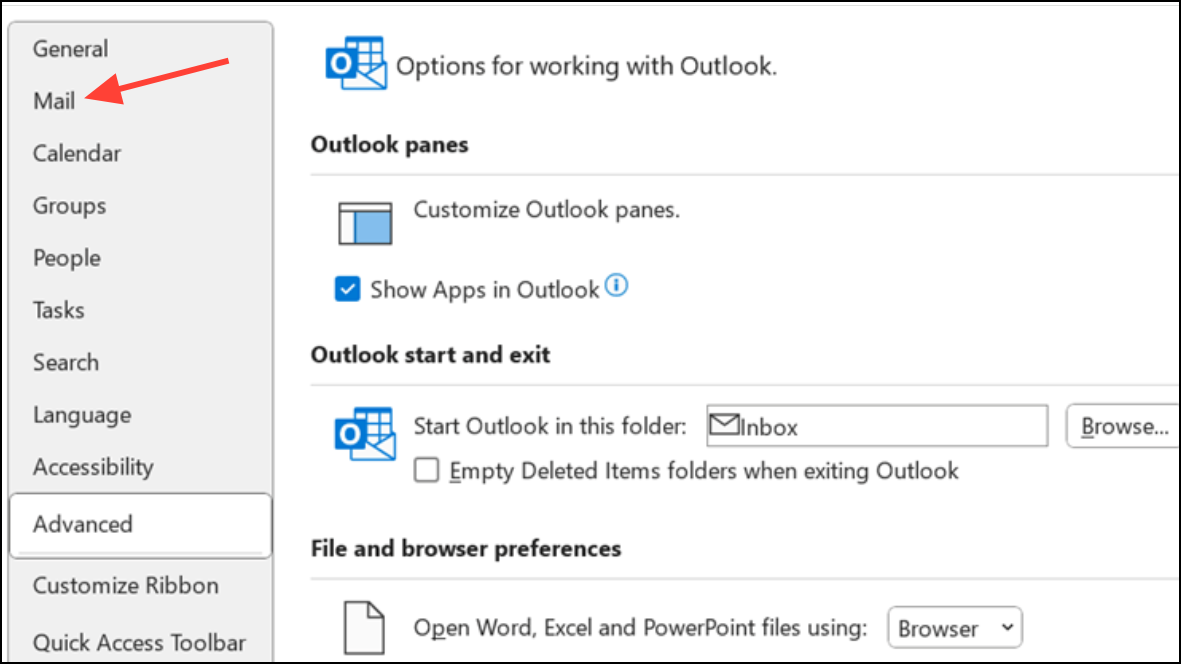
Step 2: Under “Compose messages,” find the dropdown labeled Compose messages in this format. Select HTML from the list.
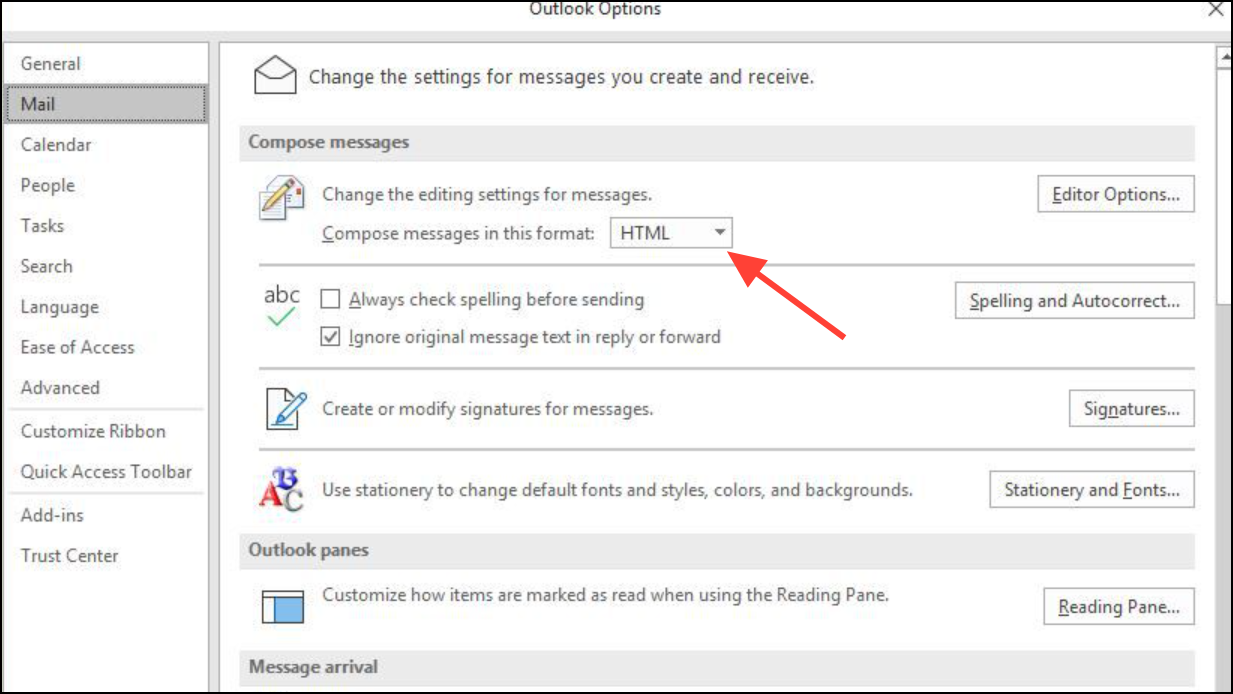
Step 3: Click OK to apply the change. Replies and forwards will now support images and formatted signatures.
If you are replying to a message and the signature still does not appear, check the message’s format in the reply window. On the ribbon, select the Format Text tab and choose HTML if it is not already selected.
Recreate Your Signature
Corrupted or outdated signature files can cause display issues. Recreating your signature ensures all elements are properly configured.
Step 1: Open Outlook and go to File > Options > Mail > Signatures….

Step 2: In the "E-mail Signature" tab, click New to create a fresh signature. Enter your desired content, including any images or links.
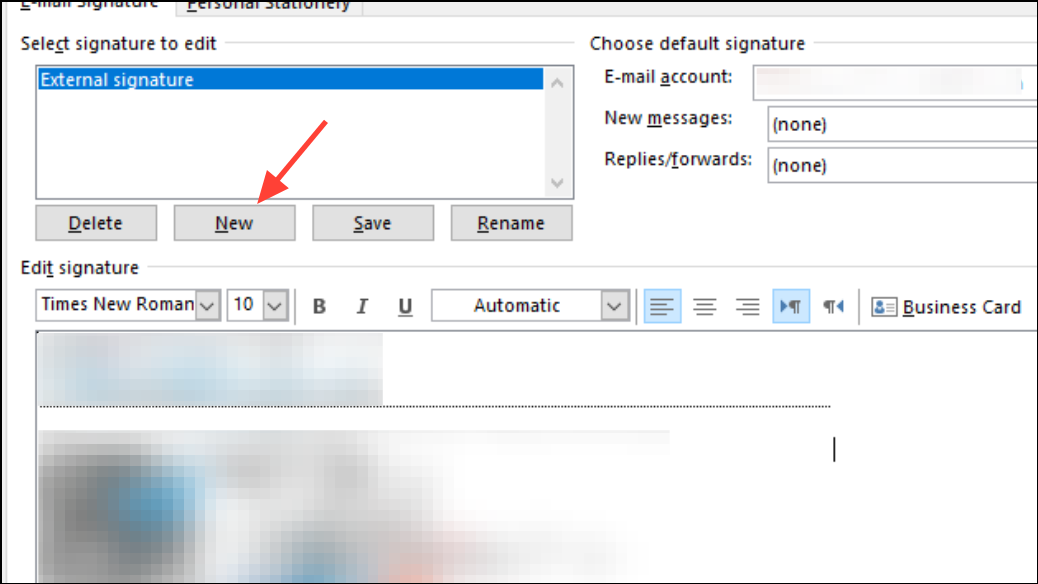
Step 3: Assign your new signature as the default for replies/forwards and new messages as needed, using the dropdowns described earlier.
Step 4: Save your changes and test by replying to an email.
Check Signature Behavior in Web and Pop-Out Windows
Outlook’s web interface and the desktop app’s reading pane sometimes handle signatures differently. In some cases, signatures only appear when composing in a separate window.
Step 1: When replying to an email in Outlook desktop, look for the Pop Out button at the top right of the reply pane. Click it to open the reply in a new window.
Step 2: In the new window, check if your signature appears or if the Signature dropdown becomes available on the toolbar. Select your signature manually if needed.
Step 3: For Outlook on the web, verify that your signature is set to appear on replies by going to Settings > View all Outlook settings > Mail > Compose and reply, and making sure the signature is enabled for replies and forwards.
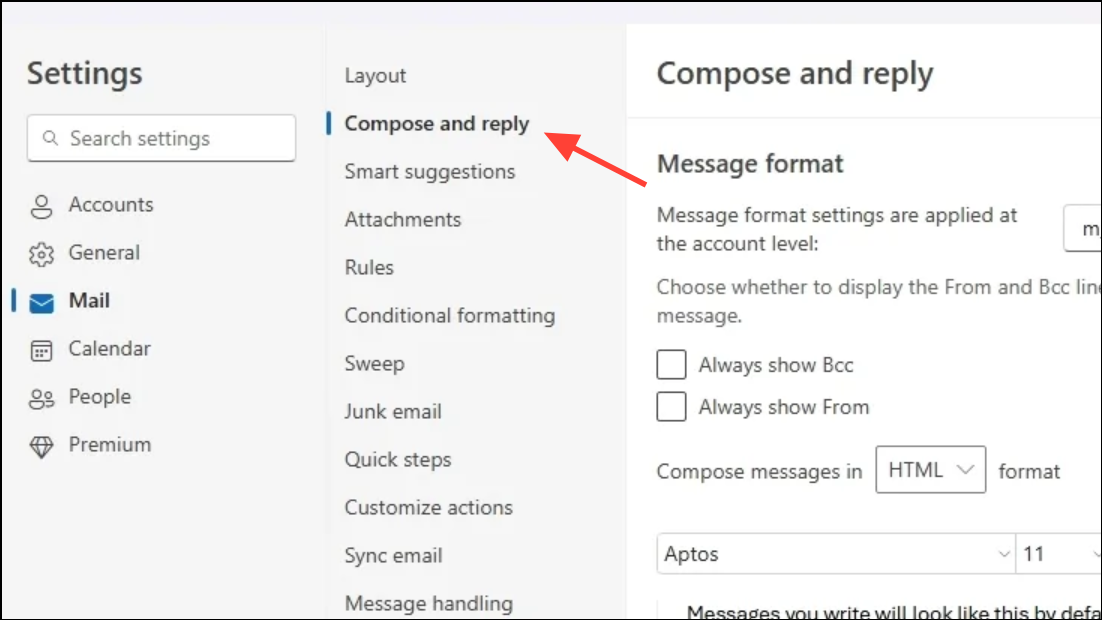
Repair or Reinstall Microsoft Office
Software corruption or leftover files from previous Office installations can prevent signatures from displaying properly.
Step 1: Close Outlook. Open the Windows Control Panel and go to Programs and Features.
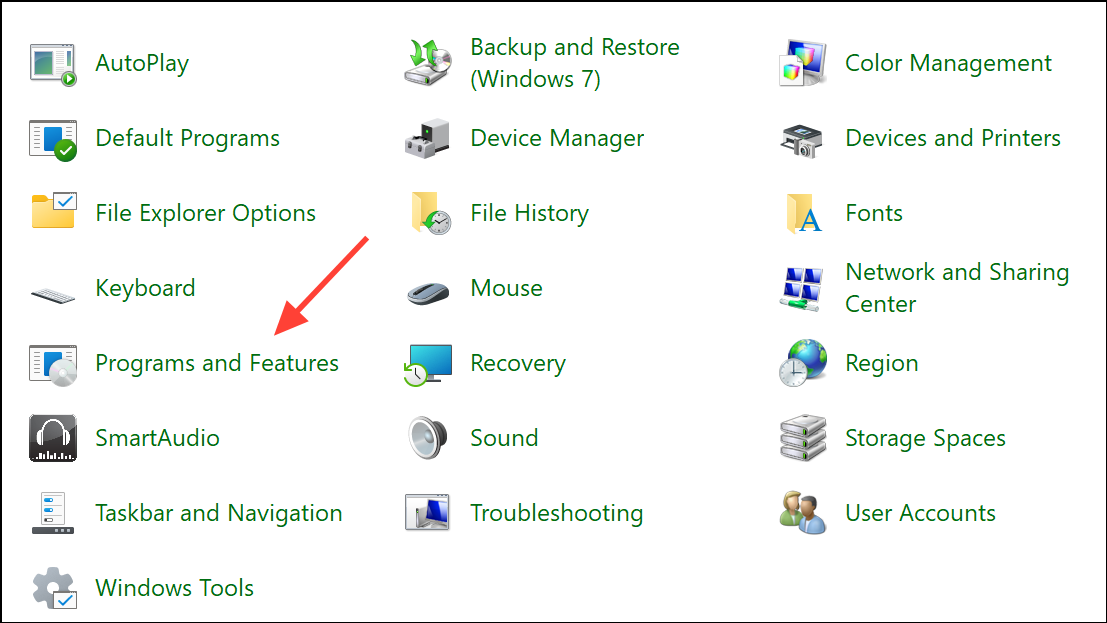
Step 2: Find your Microsoft Office installation in the program list. Right-click it and select Change, then choose Repair. Start with Quick Repair. If problems persist, repeat the process and select Online Repair for a more thorough fix.
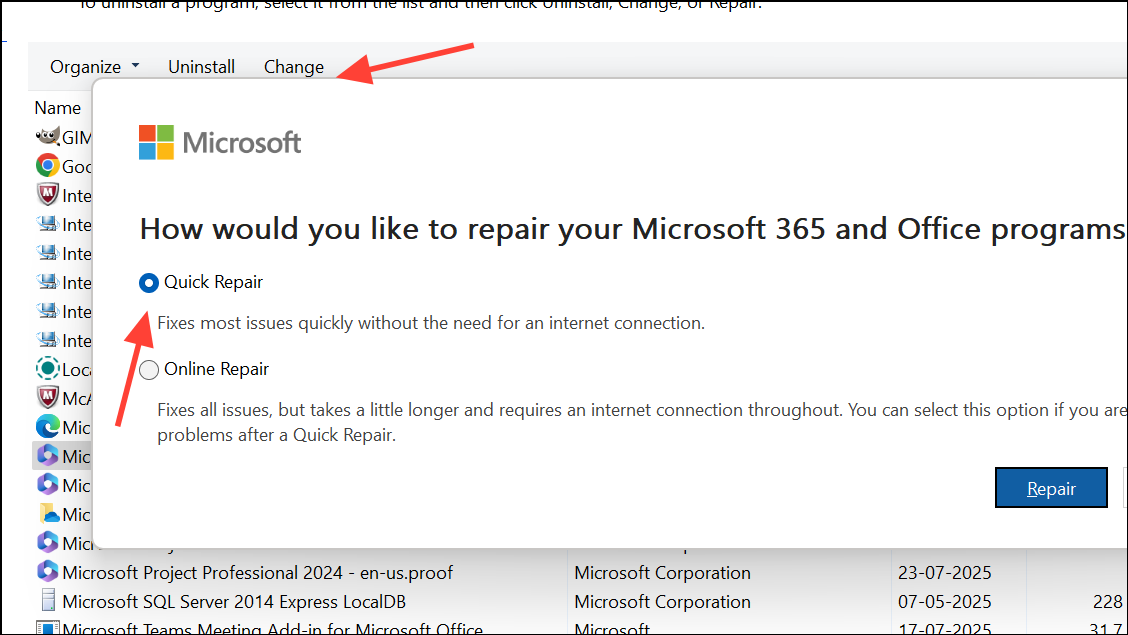
Step 3: After repair, restart your computer and test your signature in Outlook replies.
Address Signature Placement Issues in Conversation Threads
Sometimes, signatures may appear at the very end of a conversation thread instead of directly beneath your reply. This is especially common in Outlook web or after recent updates.
Step 1: If your signature appears at the end of the thread, manually cut and paste it into the correct location in your reply as a temporary workaround.
Step 2: Try clearing your browser cache, switching browsers, or using private/incognito mode to rule out caching problems.
Step 3: If multiple users in your organization experience this, it may be a backend or service-wide issue. Contact your Office 365 administrator and submit a support ticket through the Office 365 Admin Center for escalation.
Additional Troubleshooting Steps
- Update Outlook to the latest version to receive bug fixes.
- Run Outlook in Safe Mode by pressing
Windows + R, typingoutlook /safe, and pressing Enter. If signatures work in Safe Mode, disable problematic add-ins viaFile>Options>Add-ins. - Reset the navigation pane by closing Outlook, pressing
Windows + R, and enteringoutlook.exe /resetnavpane. - Create a new Outlook profile via
Control Panel>Mail>Show Profiles>Add, then set up your account and test signatures. - Check for conflicting or leftover trial versions of Office and uninstall them if present.
- For signatures with images, verify that the image file is accessible and inserted directly (not linked from an external site) to avoid missing images in replies.
Consistently applying the correct message format and signature settings restores signature functionality in Outlook replies. If issues continue, escalating to Microsoft support or your IT administrator ensures more persistent technical problems are addressed.


